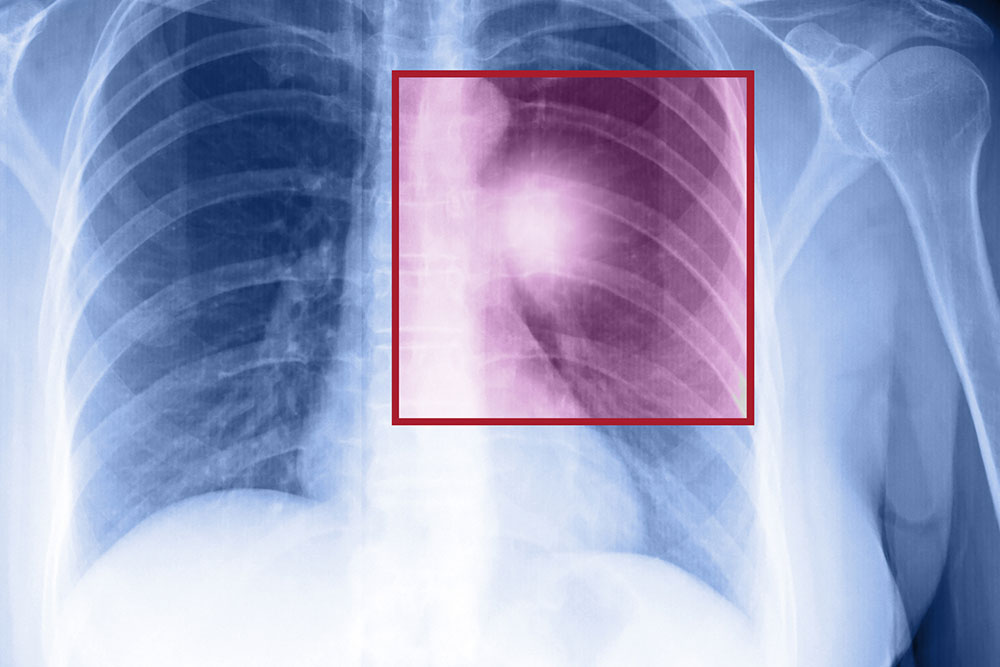Common Questions About Non-Small Cell Lung Cancer and Its Treatment Options
This article answers key questions about non-small cell lung cancer (NSCLC), covering symptoms, metastasis, treatments like chemotherapy and immunotherapy, and risk factors. It offers essential insights into early detection, treatment strategies, and prevention tips for lung health. Perfect for patients, caregivers, and anyone seeking a clear understanding of NSCLC's clinical aspects and management options.

Common Questions About Non-Small Cell Lung Cancer (NSCLC) and Its Therapies
Top Frequently Asked Questions About NSCLC and Its Treatments
Non-small cell lung cancer (NSCLC) accounts for approximately 80-85% of all lung cancer cases. It develops when abnormal cells grow uncontrollably within lung tissues. NSCLC can spread to other parts of the body, including the liver and brain, especially in advanced stages known as metastatic NSCLC.
Understanding the early symptoms of NSCLC is crucial. Typically, signs develop over years and may remain unnoticed until the disease progresses. Common early symptoms include changes in sputum, chest or shoulder pain unrelated to coughing, persistent cough, hoarseness, coughing up blood, recurring lung infections, and shortness of breath.
In metastatic NSCLC, symptoms can appear in other parts of the body such as bones, brain, and liver. Symptoms include fatigue, unexplained weight loss, bone pain or fractures, swelling, neurological issues, bleeding, and overall weakness. Treatments vary depending on where cancer has spread.
Neoadjuvant therapy involves chemotherapy administered before surgery or radiation to reduce tumor size and improve treatment effectiveness. It can enhance the success of surgical removal and help eliminate hidden cancer cells. If tumors don't respond, treatment plans are reevaluated.
Immunotherapy is a groundbreaking approach that leverages the body's immune system to fight cancer. Unlike conventional treatments, it tends to cause fewer side effects and can be used as a primary treatment for metastatic NSCLC. It boosts the immune response against cancer cells.
Risk factors for NSCLC primarily include smoking, which accounts for nearly 87% of cases. Exposure to secondhand smoke, air pollution, radiation, and industrial chemicals also increase risk. Protecting lung health involves avoiding these hazards wherever possible.










